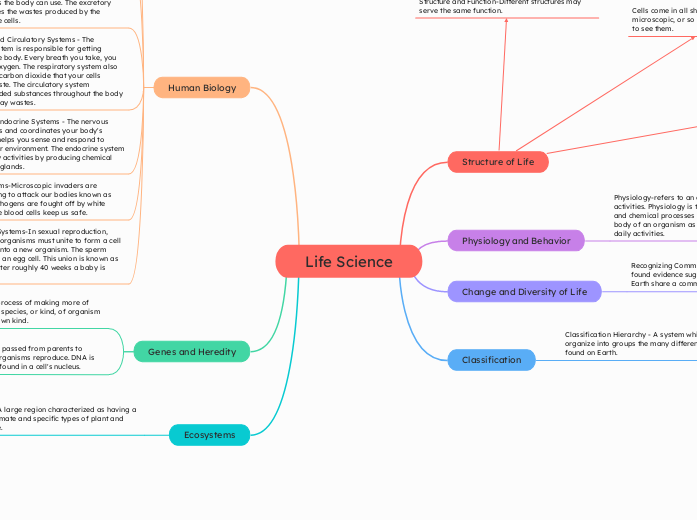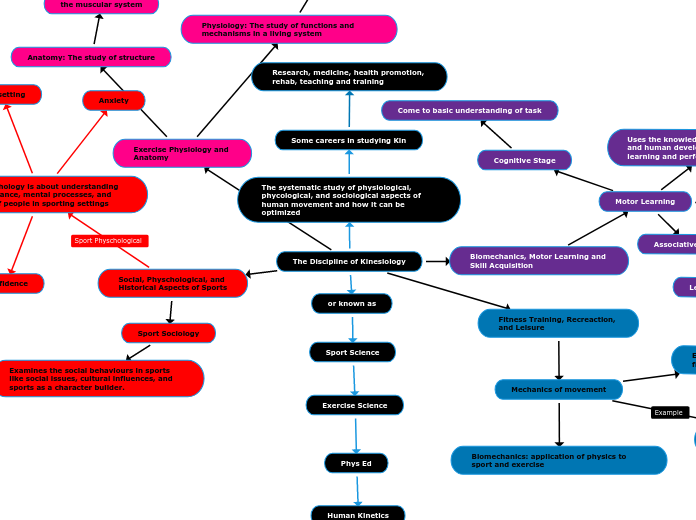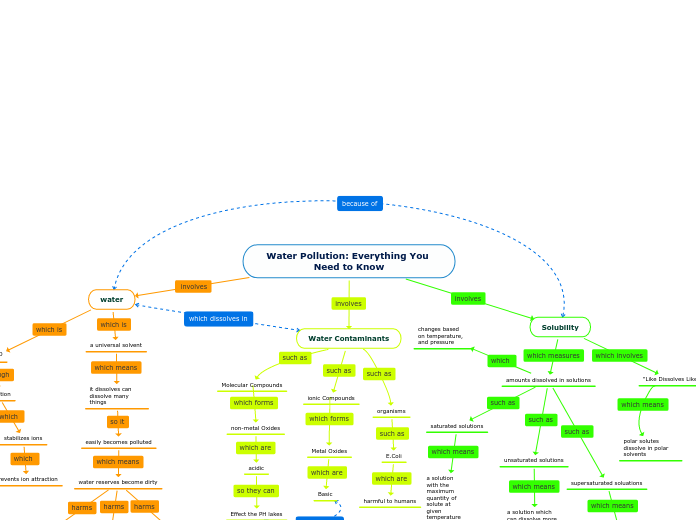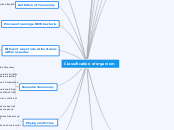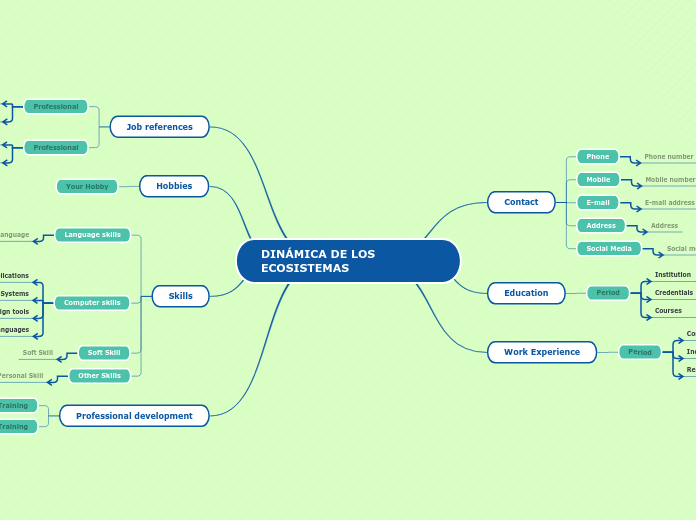Life Science
Ecosystems
Biomes - A large region characterized as having a distinct climate and specific types of plant and animal life.
Ecological Succession - The natural process by which one community of organisms slowly replaces another in a certain area.
Energy and Matter in Ecosystems - Energy and matter are two factors present in every ecosystem. The energy in most ecosystems begin with the sun. Matter is the "stuff" that all objects and substances in the universe are made of.
Feeding Relationships - These relationships consist of producers, consumers, herbivores, carnivores, scavengers, decomposers and omnivores.
Populations - All organisms of the same species that live in the same place at the same time.
Genes and Heredity
DNA - Traits that are passed from parents to offspring when the organisms reproduce. DNA is the genetic material found in a cell's nucleus.
Genes - Segments of DNA that carry instructions for the traits of an organism from parent to offspring. Genes are located on chromosomes in the nuclei, or center of cells.
Heredity - When organisms reproduce, genetic information from each parent is passed to the next generation. The passing of traits from parents to offspring is called heredity.
Reproduction - The process of making more of one's own kind. Each species, or kind, of organism reproduces only its own kind.
Human Biology
Reproductive Systems-In sexual reproduction, cells from two organisms must unite to form a cell that develops into a new organism. The sperm must unite with an egg cell. This union is known as fertilization. After roughly 40 weeks a baby is born.
Immune Systems-Microscopic invaders are constantly trying to attack our bodies known as pathogens. Pathogens are fought off by white blood cells. The blood cells keep us safe.
Nervous and Endocrine Systems - The nervous system controls and coordinates your body's activities and helps you sense and respond to changes in your environment. The endocrine system regulates body activities by producing chemical messengers in glands.
Respiratory and Circulatory Systems - The respiratory system is responsible for getting oxygen into the body. Every breath you take, you are taking in oxygen. The respiratory system also gets rid of the carbon dioxide that your cells produce as waste. The circulatory system transports needed substances throughout the body and carries away wastes.
Digestive and Excretory Systems - The digestive system and excretory systems work together to take in materials your body needs and gets rid of wastes. The digestive system breaks down food into substances the body can use. The excretory system removes the wastes produced by the activities of the cells.
Skeletal and Muscular Systems- The skeletal system is made up of the bones and cartilage that form the framework of your body. The muscular system includes the muscles that help you move, and muscles that help things inside your body move.
The Human Body is made up of trillions of cells that are organized into tissues, organs, and organ systems that keep conditions inside your body stable; this is known as homeostasis. Homeostasis is your body's ability to maintain a temperature of about 37 degrees celcius, which is 98.6 degrees fahrenheit.
Classification
Classification Hierarchy - A system which is used to organize into groups the many different organisms found on Earth.
Kingdoms - There are six recognized kingdoms of organizations in Life Science and they are the plant kingdom, animal kingdom, fungi kingdom, protist kingdom, archaebacteria and eubacteria kingdoms.
Major Groupings of Organisms - Scientists look at how organisms can be grouped together according to other general characteristics. For example: organisms that make their own food, and all organisms that cannot make their own food.
Taxonomic Trees - This type of tree is used to show the evolutionary relationships among different groups of organisms. In a taxonomic tree, common branches show groups of organisms that are closely related in their evolutionary history.
Using an Identification Key - This key can help you identify different types of organisms. A special key, called a dichotomous key, helps to identify organisms by presenting you with a series of choices.
Change and Diversity of Life
Recognizing Common Ancestors - Scientists have found evidence suggesting that all organisms on Earth share a common ancestor.
The Theory of Evolution - Describes the slow change in organisms that occurs over many generations.
Physiology and Behavior
Physiology-refers to an organism's internal activities. Physiology is the study of all the physical and chemical processes that take place inside the body of an organism as it goes about its basic daily activities.
Behavior - An activity or action that helps an organism survive in its environment, or surroundings.
Structure of Life
Tissues, Organs, and Systems - The human body is made up of several types of tissue. Blood is a tissue that includes different kinds of blood cells and platelets in a liquid. Organs are made up of two or more tissues that work together to carry out a specific job. Organ system is made up of all the organs that work together to do a specific job.
Cells come in all shapes and sizes, but most are microscopic, or so tiny that a microscope is needed to see them.
Structure and Function-Different structures may serve the same function.
